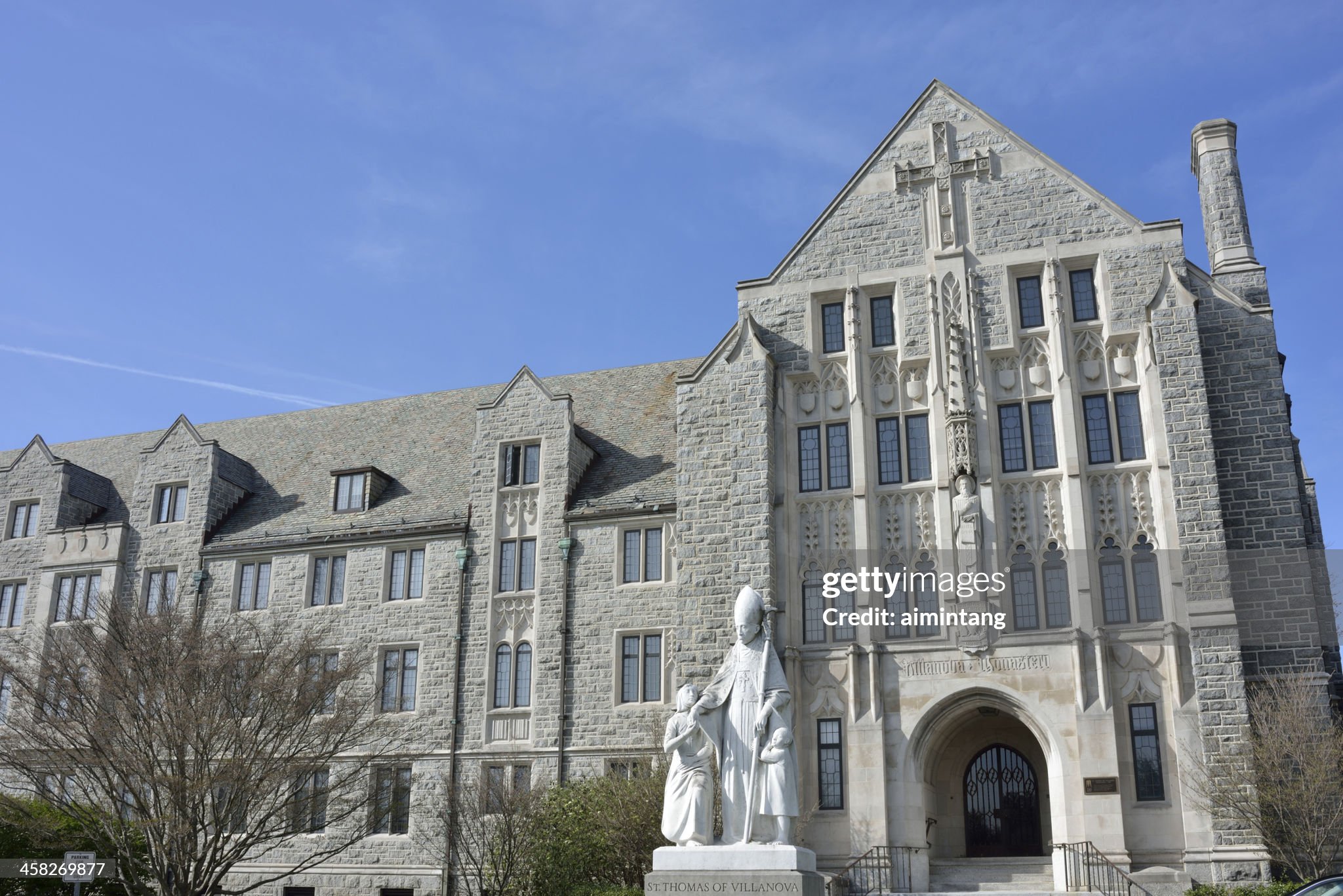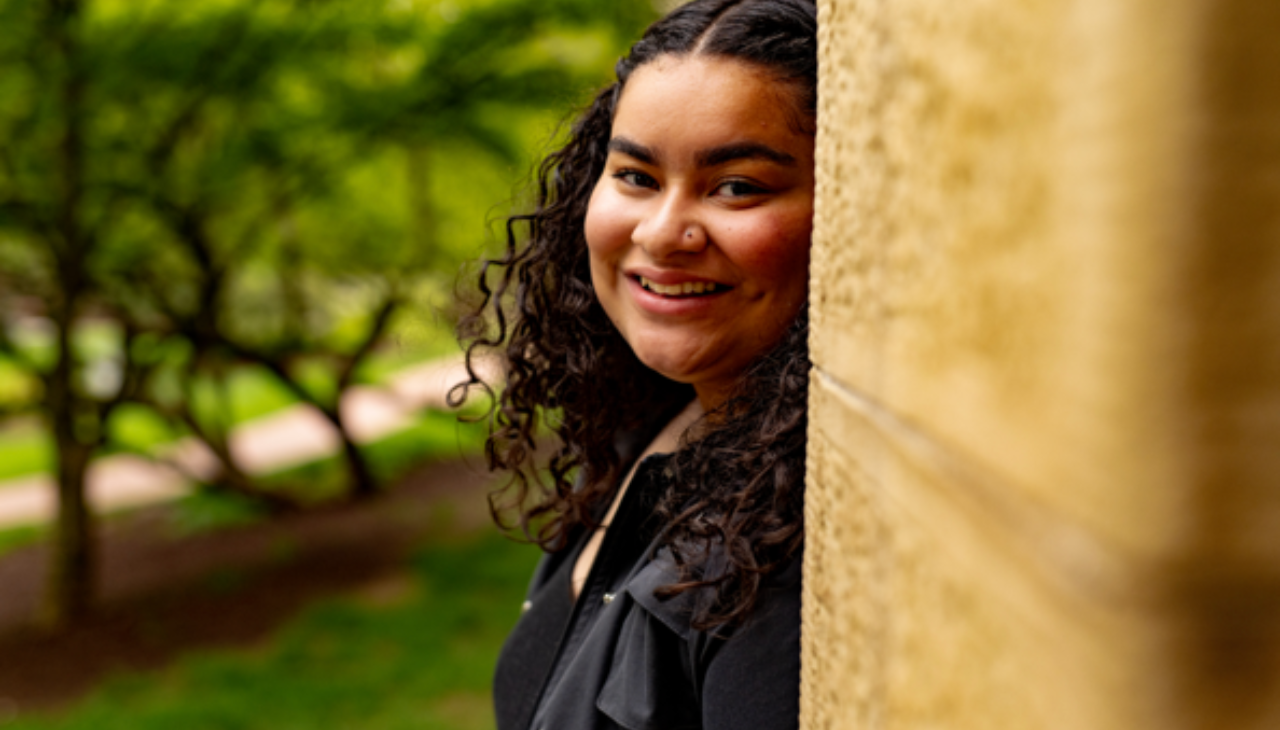
Study: State spending on prisons growing faster than spending on education
Across the country, students in 30 states are seeing fewer funds in their classrooms than they did before the recession. Prisoners, on the other hand, are seeing more.
An analysis of National Association of State Budget Officers by the progressive think tank, the Center on Budget and Policy Priorities, found that even as crime rates drop throughout the states, corrections spending has increased 141 percent since 1986 while K-12 education spending has increased by 69 percent.
Pennsylvania, for example, spent $393 million to house its prisoners in 1986 (adjusted for inflation). Last year, the state spend $2.1 billion, from 2 percent to nearly 8 percent of its total budget in nearly three decades. In 1978, Pennsylvania kept 7,722 prisoners behind bars. Today, the state houses more than 50,000.
The country’s violent and property crime rate has fallen over the past decade and the number of arrests have remained stable. Much of the rise in the prison population has been the increase in sentencing in court for those arrested, especially for drug-related offenses. The sentencing length has also increased — those convicted of a crime today spend an average of 9 months longer behind bars than prisoners two decades ago.
As prisons saw more funding, schools saw less, especially those in low-income neighborhoods. In 2011, 14 of the 50 states provided at least 5 percent more funding per student in districts with high poverty rates than in wealthier districts. The states that cut funding deepest — Alabama, Arizona and Oklahoma — were among the ten states with the highest incarceration rates.










DEJE UN COMENTARIO:
¡Únete a la discusión! Deja un comentario.